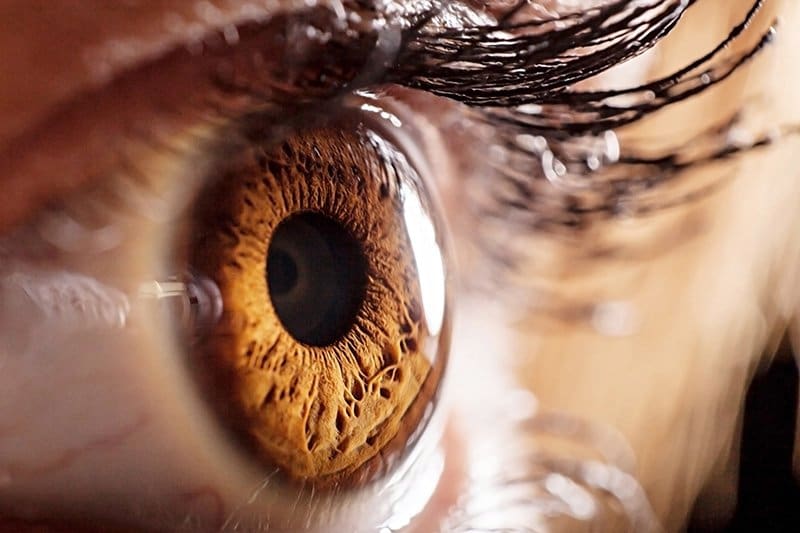Images matter! A picture may not always be worth a thousand words, but it could be worth a lot more if you’re strategic with what image you choose and how you use it on your website or blog. Images are not just filler. They are crucial to optimizing your website, blogs, articles, and e-newsletters, and that means planning what you use and how you use it is something everyone with a web presence needs to know.
 We’re human. We don’t realize it, but all day we are responding to striking images and good composition. They mean just as much as a headline or title on a page if they are chosen wisely, and play a huge role in first impressions. Your images should reflect the topic of your content. Maybe a photo tugs are heart strings to convey urgency for a nonprofit. A .gif might be a fun way to demonstrate a point. Polished photos of your actual team can convey warmth and friendliness. Sometimes, even the composition of the image can be used to draw the viewer’s eye where you want it to land.
We’re human. We don’t realize it, but all day we are responding to striking images and good composition. They mean just as much as a headline or title on a page if they are chosen wisely, and play a huge role in first impressions. Your images should reflect the topic of your content. Maybe a photo tugs are heart strings to convey urgency for a nonprofit. A .gif might be a fun way to demonstrate a point. Polished photos of your actual team can convey warmth and friendliness. Sometimes, even the composition of the image can be used to draw the viewer’s eye where you want it to land.
Have some important date to share with the world? Don’t underestimate the power of infographics! People love charts. They will scan yours for data before they read the article corresponding to it, and when they click “share” or “retweet”, that’s what others will see first too. These are less about conveying feelings or personal touches than about making sure the topic is understood and data is easy to share quickly.
SEO (Search Engine Optimization) is impacted by your images! This is SO important. Google’s crawlers read your file names, among lots of other things. When you buy a stock photo or use an image of your own, get in the habit of making sure you rename the file so it contains your keywords or page title. If you are writing about why your company’s wine is great for taking on romantic picnics, and you have a great photo of a wine bottle in a picnic basket to use, then make sure the file name reflects that. Instead of DSC123.jpg, for example, change the name to wine-picnic-romantic.jpg. Want to go even further with your optimization or SEO? Yoast has an article explaining Alt tags, title text, etc.
All three of these points should be front-of-mind when you’re adding content to your website because they all contribute to your main goal – to drive engagement. And if you’re one of the many who are using WordPress as your CMS (check out this article about the virtues of Custom WordPress), then it’s not too hard to get the photos where you want them and go live with something that is both attractive and functional.